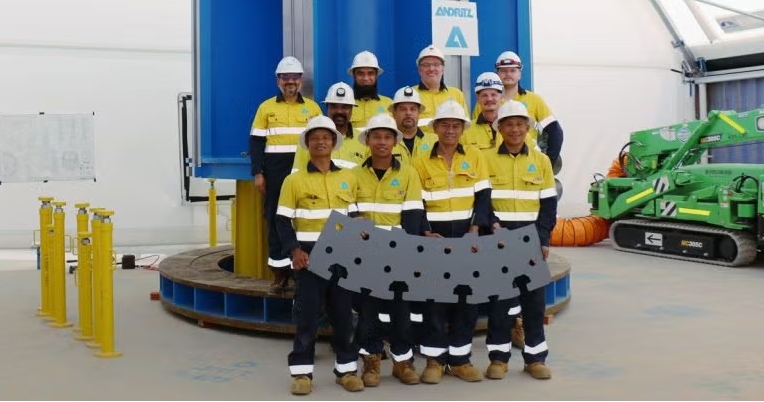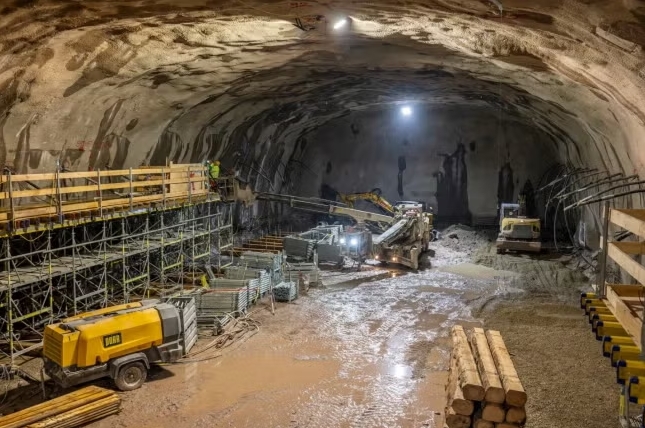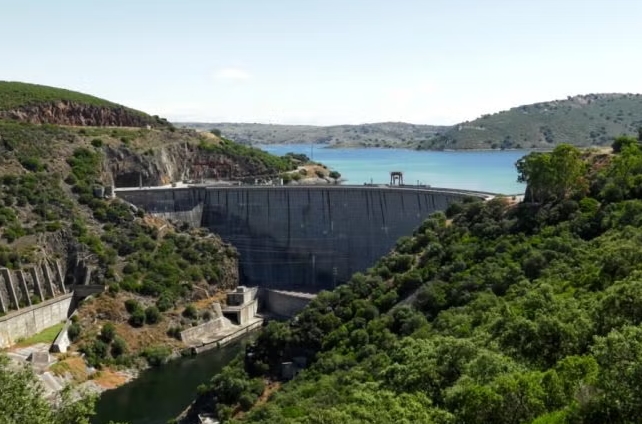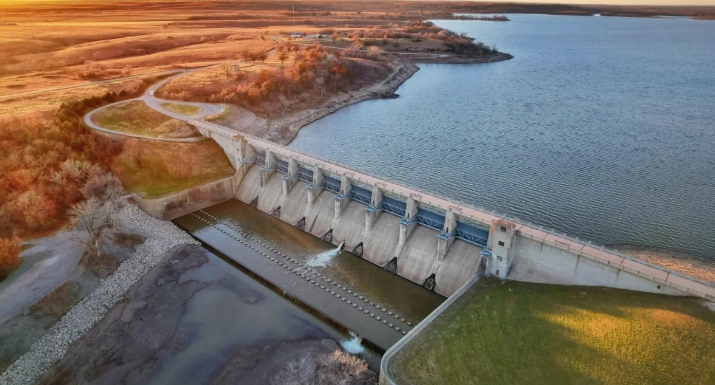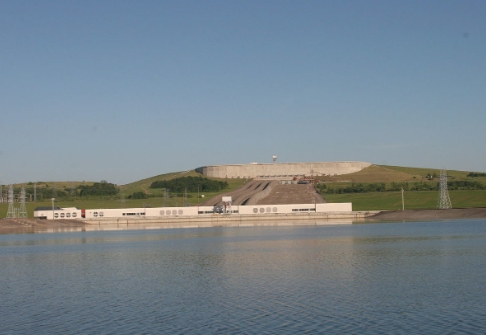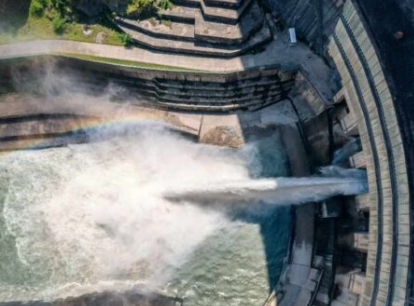“Although most of the available water resources are located within the hydrologic basins on the north side of the island, the current and future demands for water is greatest in the basins along the south coast of the island, where most of the irrigated areas, urban centers and major industries are located,” he said.
Holness highlighted that during extended dry periods, the Kingston basin experiences water shortages.
The project envisions pulling water from the Middlesex Aquifer in St Ann Parish and pumping the water to reservoirs at higher elevations. The water would then be gravity fed to the south coast through turbines, which would generate up to 200 MWh.
The prime minister added that the system would help Jamaica achieve its revised target of having renewables account for 50% of its generation portfolio by 2030.
According to the Jamaican Ministry of Science Technology Energy & Mining, “Jamaica’s energy system is highly dependent on imported fossil fuels; petroleum imports account for over 90% of electricity production. This oil import dependency comes at a high cost. Oil import costs peaked with the global oil price spike in 2008, reaching US$2.7 billion. Import costs remain high and can be expected to increase further as oil prices rise in the future. Electricity prices for Jamaica’s people have also shot up dramatically in recent years, reaching a high of US$0.42 per kWh. Consequently, Jamaica is charting a new path to energy security based on domestic renewable energy sources in order to build an energy system that is socially, economically and environmentally sustainable.”

